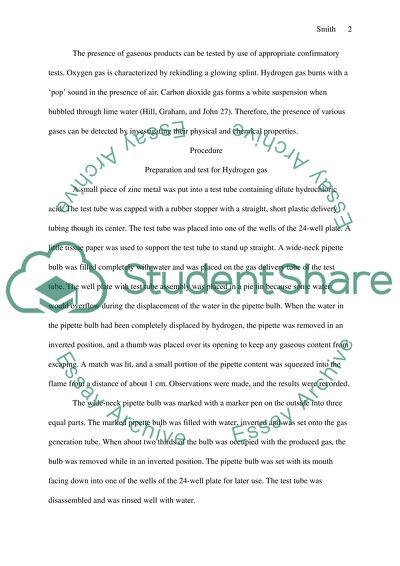Cite this document
(“Properties of Gases Lab Report Example | Topics and Well Written Essays - 1750 words”, n.d.)
Retrieved from https://studentshare.org/chemistry/1433411-properties-of-gases
Retrieved from https://studentshare.org/chemistry/1433411-properties-of-gases
(Properties of Gases Lab Report Example | Topics and Well Written Essays - 1750 Words)
https://studentshare.org/chemistry/1433411-properties-of-gases.
https://studentshare.org/chemistry/1433411-properties-of-gases.
“Properties of Gases Lab Report Example | Topics and Well Written Essays - 1750 Words”, n.d. https://studentshare.org/chemistry/1433411-properties-of-gases.


